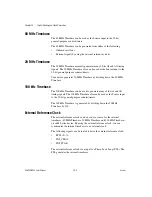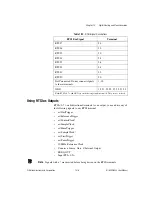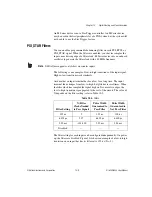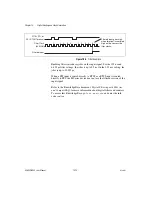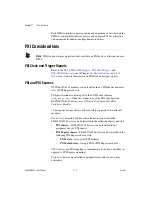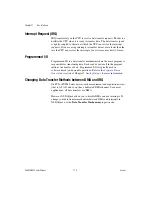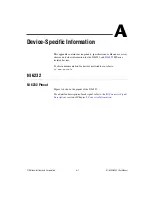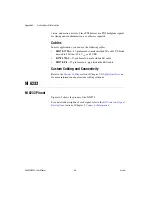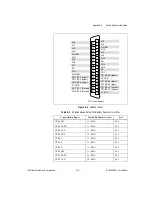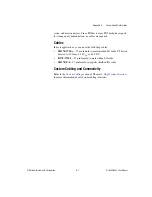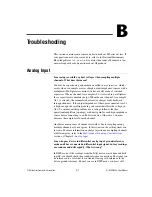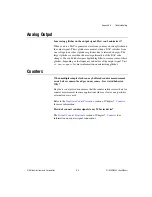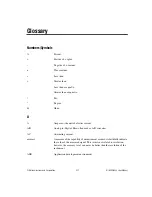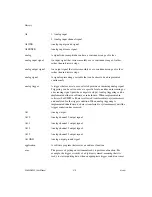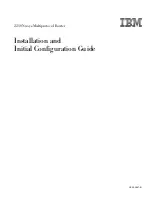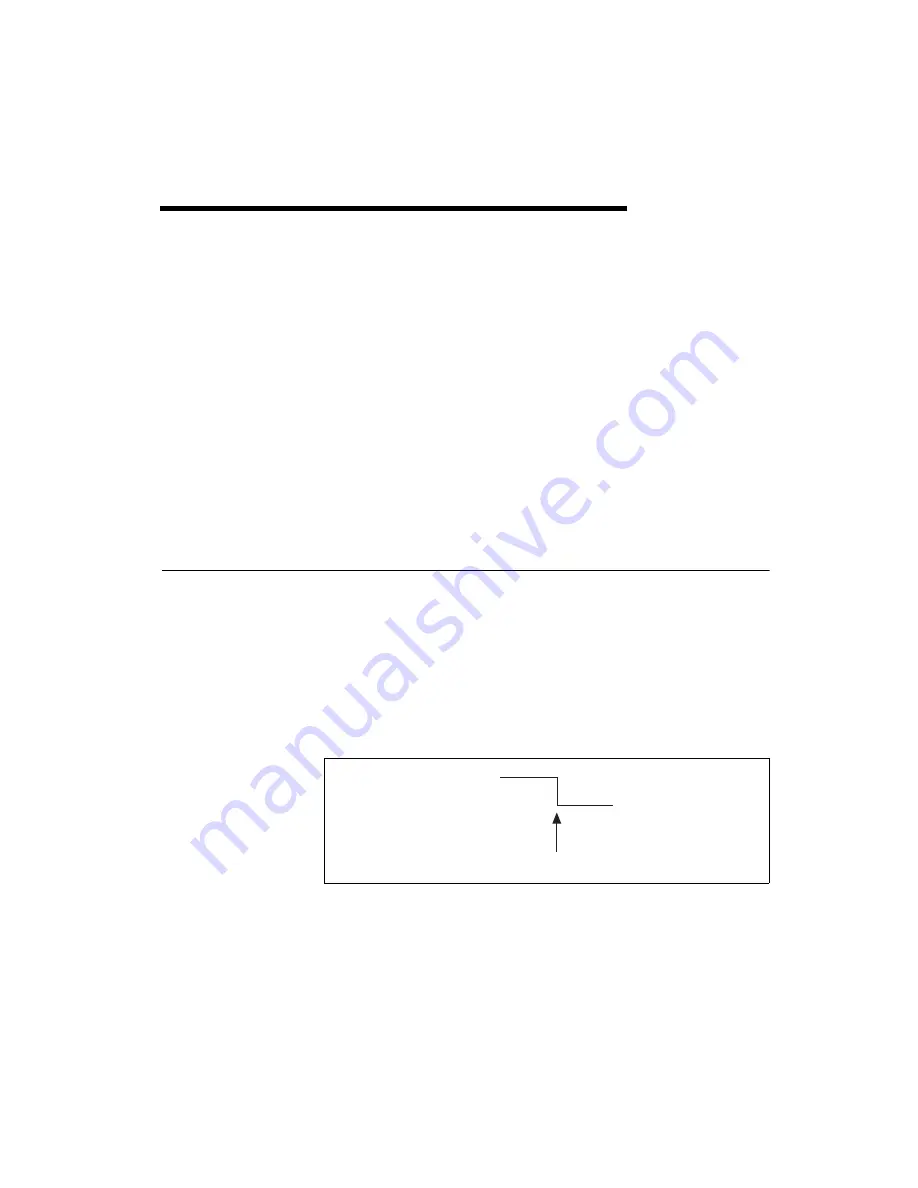
©
National Instruments Corporation
12-1
12
Triggering
A
trigger
is a signal that causes an action, such as starting or stopping the
acquisition of data. When you configure a trigger, you must decide how you
want to produce the trigger and the action you want the trigger to cause.
NI 6232/6233 devices support internal software triggering, as well as
external digital triggering. For information about the different actions
triggers can perform for each sub-system of the device, refer to the
following sections:
•
The
•
The
•
The
Triggering with a Digital Source
Your DAQ device can generate a trigger on a digital signal. You must
specify a source and an edge. The digital source can be any of the PFI,
RTSI, or PXI_STAR signals.
The edge can be either the rising edge or falling edge of the digital signal.
A rising edge is a transition from a low logic level to a high logic level. A
falling edge is a high-to-low transition.
Figure 12-1 shows a falling-edge trigger.
Figure 12-1.
Falling-Edge Trigger
You also can program your DAQ device to perform an action in response to
a trigger from a digital source. The action can affect the following.
•
Analog input acquisition
5 V
Digital Trigger
Falling Edge Initiates Acquisition
0 V


